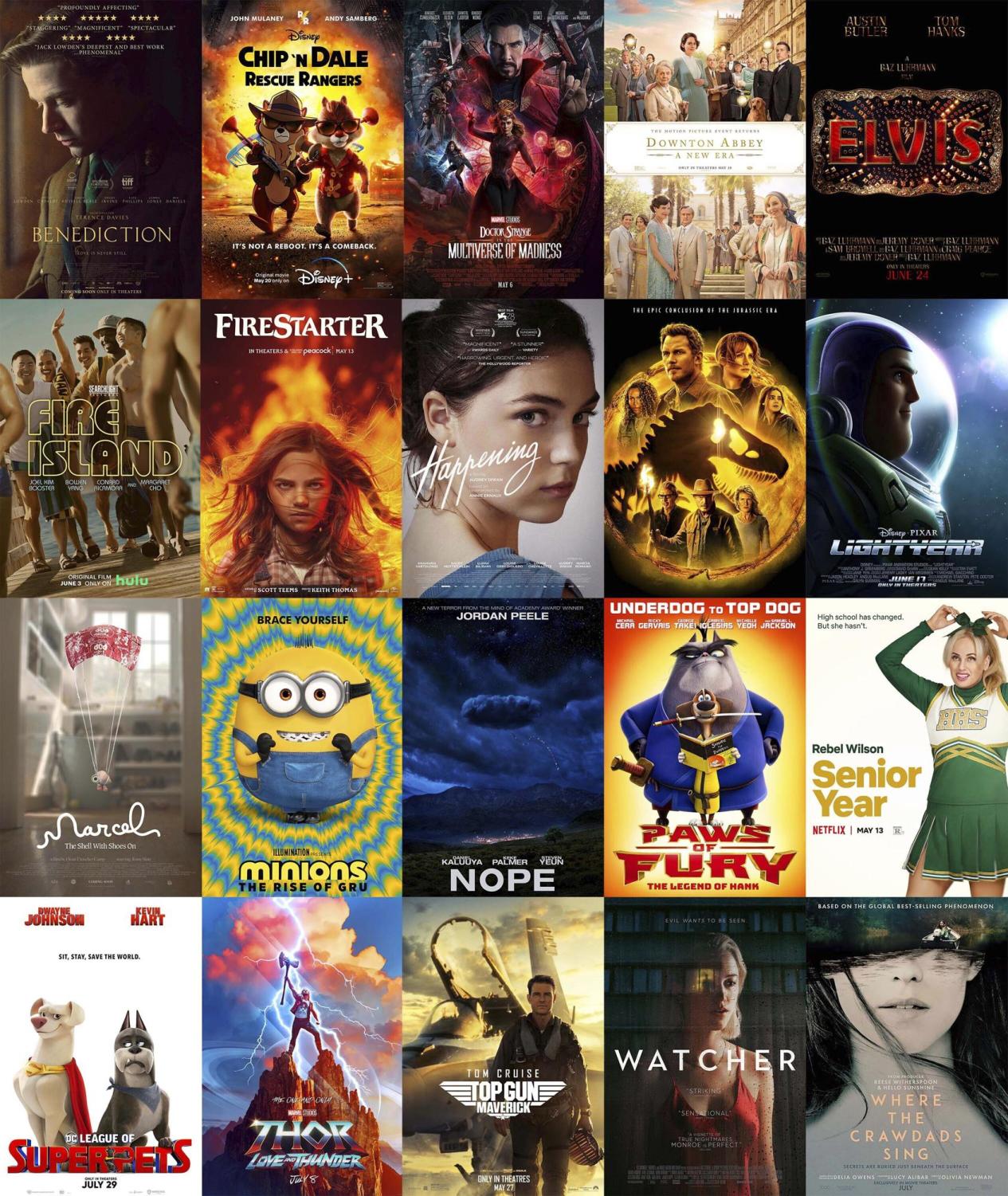In the realm of romantic comedies, few films capture the essence of youthful yearning and the pangs of adolescent romance as quintessentially as “Pretty in Pink.” This iconic film, released in the 1980s, follows the poignant journey of Andie Walsh, a working-class girl navigating the complexities of love, friendship, and social hierarchies. While its vivid characters and compelling narrative still resonate with audiences, many seek alternatives that encapsulate similar themes. Herein lies a curated list of nostalgic rom-coms that evoke the spirit of “Pretty in Pink,” exploring comparable character arcs, emotional crescendos, and, of course, the ever-elusive quest for romance.
At the heart of “Pretty in Pink” is Andie’s internal struggle. Her expectations clash with societal pressures, a recurring motif in many romantic comedies. A vivid alternative exploring this theme is “10 Things I Hate About You.” This modern adaptation of Shakespeare’s “The Taming of the Shrew” harnesses sharp dialogue and rich character development. Kat Stratford, another strong female protagonist, is a rebellious spirit influenced by her family’s expectations and the rigid social landscape of her high school. As she learns to embrace her vulnerabilities, the audience witnesses a blossoming romance that defies simplistic binaries, echoing Andie’s quest for love amidst societal expectations.
Next, we encounter “Clueless,” a film that reinvents Jane Austen’s “Emma” in a Beverly Hills setting. Cher Horowitz, wealthy and seemingly superficial, embodies a journey of self-discovery while orchestrating romantic matches for her peers. However, her expectations of love evolve, mirroring Andie Walsh’s character arc. Cher’s misadventures in love, coupled with her poignant realizations about friendship and authenticity, create a tapestry of relatable moments. The blend of humor, fashion, and heartfelt lessons provides a nostalgic comfort reminiscent of high school hallways steeped in aspiration and romantic uncertainty.
Transitioning from the whimsical world of Cher, we delve into the cinematic depths of “Say Anything…”. This film presents a stark yet tender portrayal of teenage love. Lloyd Dobler, an aspiring kickboxer, yearns for the affections of Diane Court, the archetypal “girl-next-door.” Their romance thrives amidst diverse expectations from peers and parents alike. The film encapsulates the uncertainty of young love, enveloped by the soundtrack of Peter Gabriel’s “In Your Eyes.” The raw, earnest portrayal of Lloyd’s pursuit—symbolized by the iconic boombox scene—transforms the narrative into a heartwarming exploration of determination and devotion that echoes Andie’s experiences with the unpredictable nature of her own love life.
Another noteworthy mention is “She’s All That.” The film follows the transformation of Laney Boggs, an art student, as she navigates social pressures and emerging romance. The character of Zack Siler represents the quintessential jock, who embarks on a quest to reimagine Laney’s social standing. The film’s evolution from superficiality to genuine connection resonates with the themes of authenticity prevalent in “Pretty in Pink.” As the characters confront both their expectations and insecurities, viewers are treated to a poignant exploration of love’s transformative power—similar to Andie’s arduous journey of self-acceptance and love.
Rounding out this exploration is “Never Been Kissed.” This film introduces Josie Geller, a journalist who returns to high school undercover to research teenage culture. Her quest to fit in parallels Andie’s story, as both women navigate the treacherous waters of adolescent social dynamics. Josie’s expectations of fitting in often clash with her inherent awkwardness, ultimately leading to a charming and unexpected romance with her high school teacher. This exploration of love amid societal expectations and personal growth encapsulates the nostalgic essence found in “Pretty in Pink,” reminding audiences that love often thrives in the most unexpected circumstances.
Each of these films, while distinctive in narrative and aesthetic, shares a common thread with “Pretty in Pink.” They illuminate the complexities of young love and the societal pressures that often accompany it. Expectations—whether self-imposed, familial, or societal—shape the characters’ journeys in profound ways, culminating in moments of realization and growth. As with Andie’s experiences, each character embarks on a quest for authenticity, ultimately discovering that love, while often fraught with challenges, can also lead to transformative self-acceptance.
In this exploration of nostalgic rom-com alternatives, it becomes evident that the longing for connection and the struggle to navigate the tumultuous waters of young love remain timeless themes. From high school hallways filled with dreams and decaying insecurities to the ultimate realization of self-worth, these films invite audiences to reminisce about their own formative experiences. Just as “Pretty in Pink” captured the hearts of its audience, these alternatives evoke similar sentiments, reinforcing the idea that while characters may grapple with their own expectations, the pursuit of authentic love is a journey worth undertaking.

